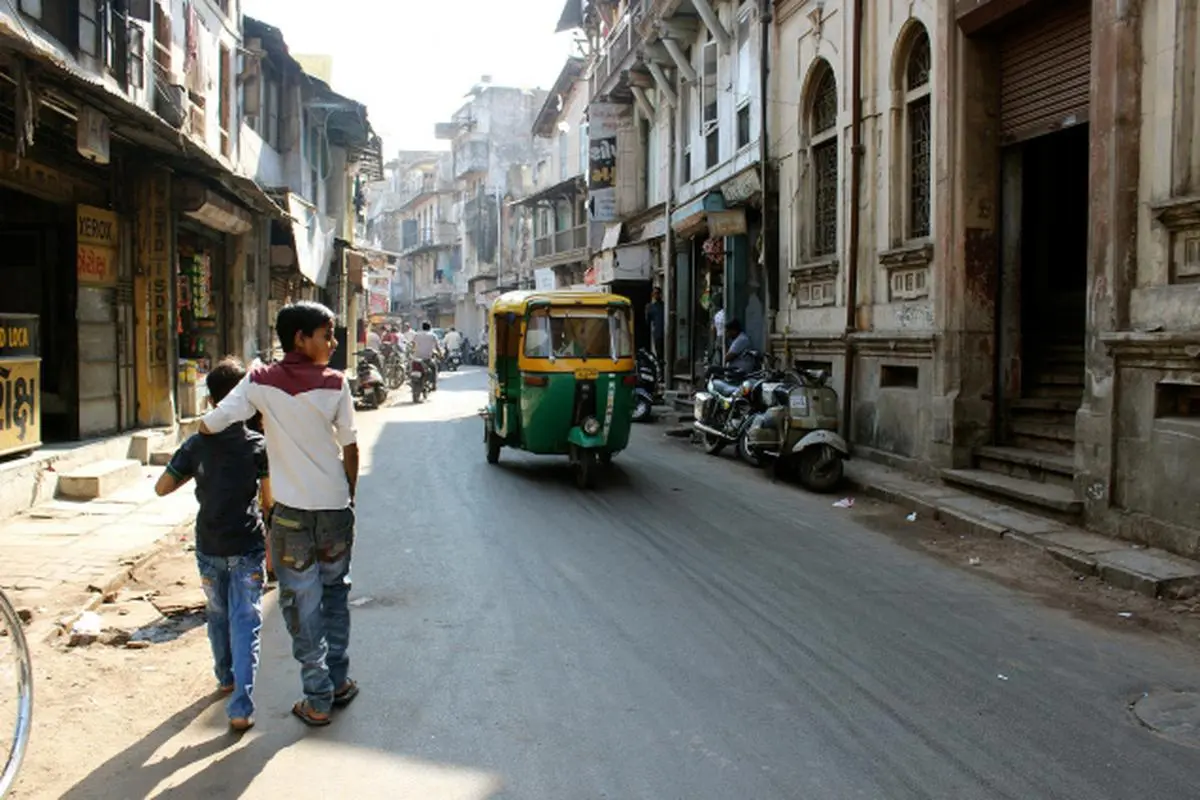
Twelve-year-old Anis and his friend Darsheel live in a Hindu pol in Kalupur. Like in the rest of Ahmedabad, pols here have traditionally been demarcated along the lines of religion and caste. The areas where Muslims live are now referred to as ‘Pakistan’. Anis points towards one such place and says, “On this side is the border, and then begins Pakistan."
The old city is in flux. Some people are leaving or have already left, the ornate doors of their havelis are locked up. Other families have recently moved in, migrant workers or people from other areas of Ahmedabad, the 604-year-old city which is also the fifth largest in the country.
Some dream of leaving these congested lanes of the pols — traditional housing clusters unique to the capital of Gujarat — for a more spacious life in the newer parts of the city or even elsewhere in India. Others hold on tight to their homes, in the face of adversity, cherishing the secret nooks and invisible corners that their old homes offer. The pols — there are over 360 in the old city — have their own distinct style of architecture with only one or two entrances; in some cases, tucking away a couple of secret entrances as well.
The old city of Ahmedabad was nominated for the Unesco World Heritage City status in 2011, along with Delhi and Mumbai. Caught in the red tape, the heritage tag may take a while coming. In the meanwhile, a lot of hype has been generated around the bid.
What is often overlooked though is the day-to-day life of the people who live in this heritage-city-to-be. What are their aspirations and struggles? What is their experience of living in this historically segregated city?
(Meher Ali is a freelance journalist based in Ahmedabad)
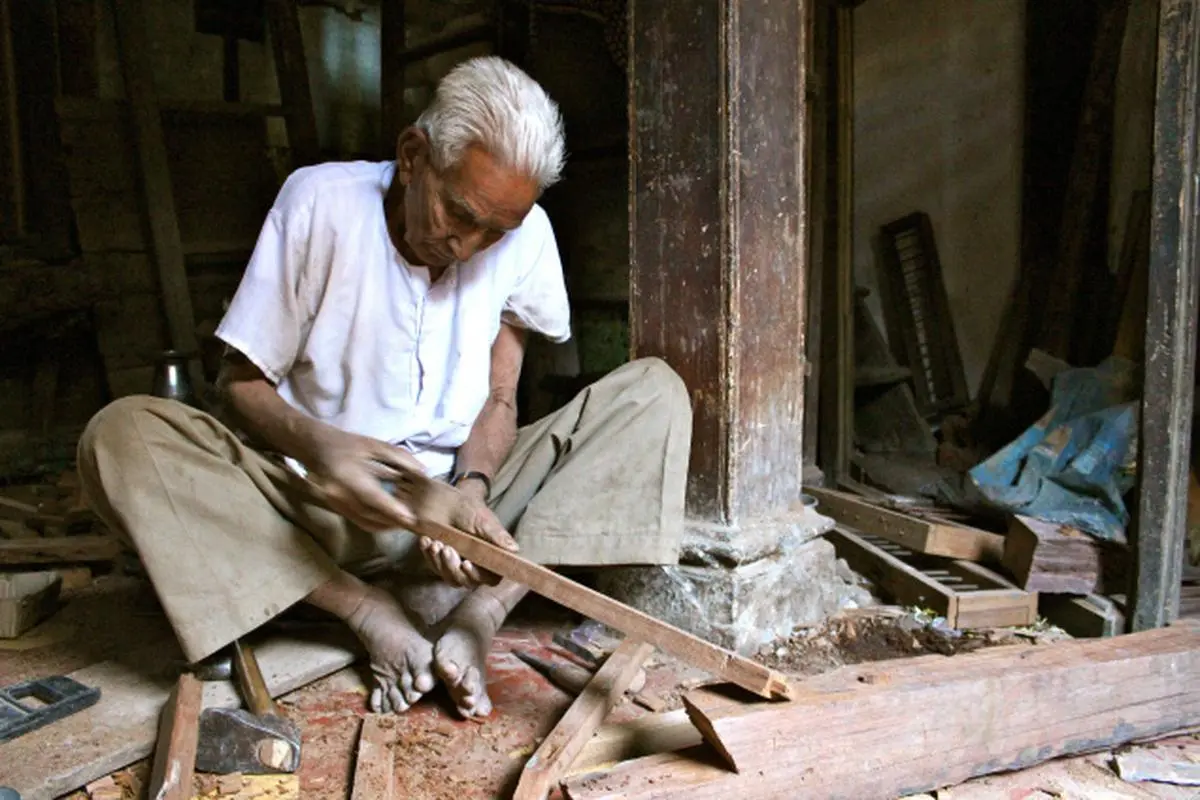
A craftsman smoothens out part of a teak window frame in Duttatre Vyas’s 200-year-old haveli at Khadia. Vyas has held on to his house, against all odds — from the 2001 earthquake, which nearly brought the top floor down and forced the local corporation to issue notices to demolish the roof, to mounting pressure from real estate sharks. He eventually solicited the help of a local conservation outfit, City Heritage Centre, this year. Vyas hopes to convert it into a homestay for foreigners
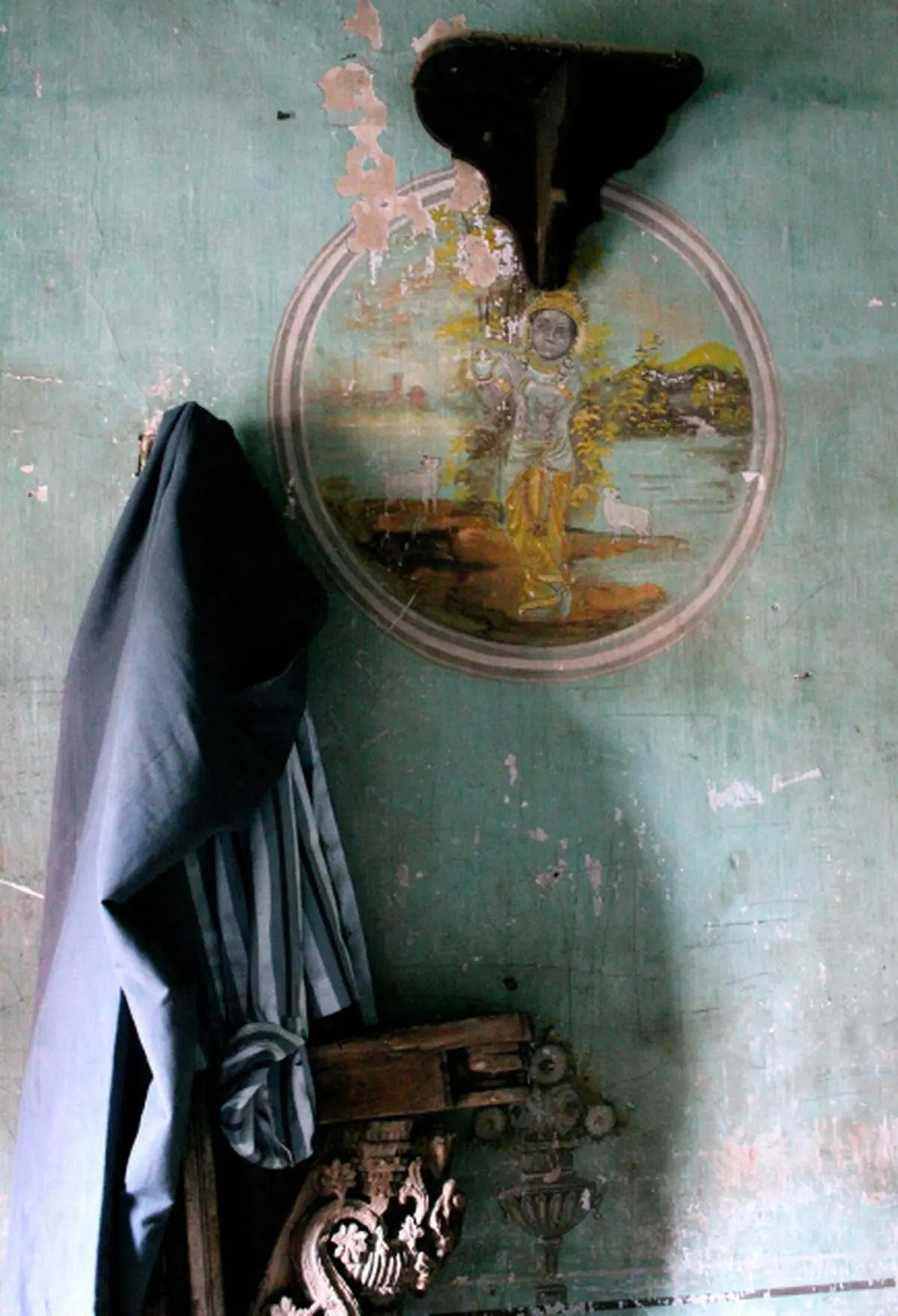
The top floor of Duttatre Vyas’s house at a pol at Khadia in central Ahmedabad
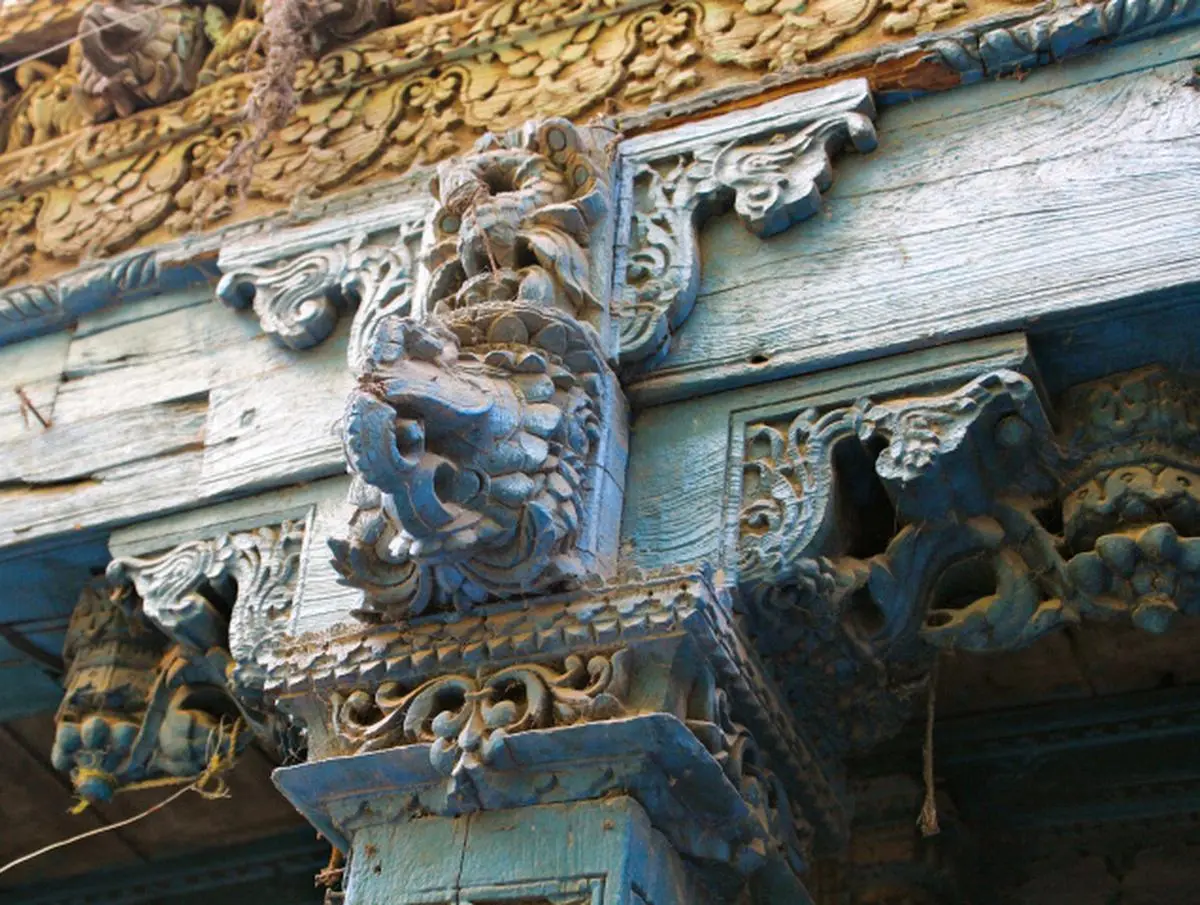
The intricate bracket or madal, a load-transferring system that holds up the columns of old homes, is often carved in the shape of a peacock or a parrot
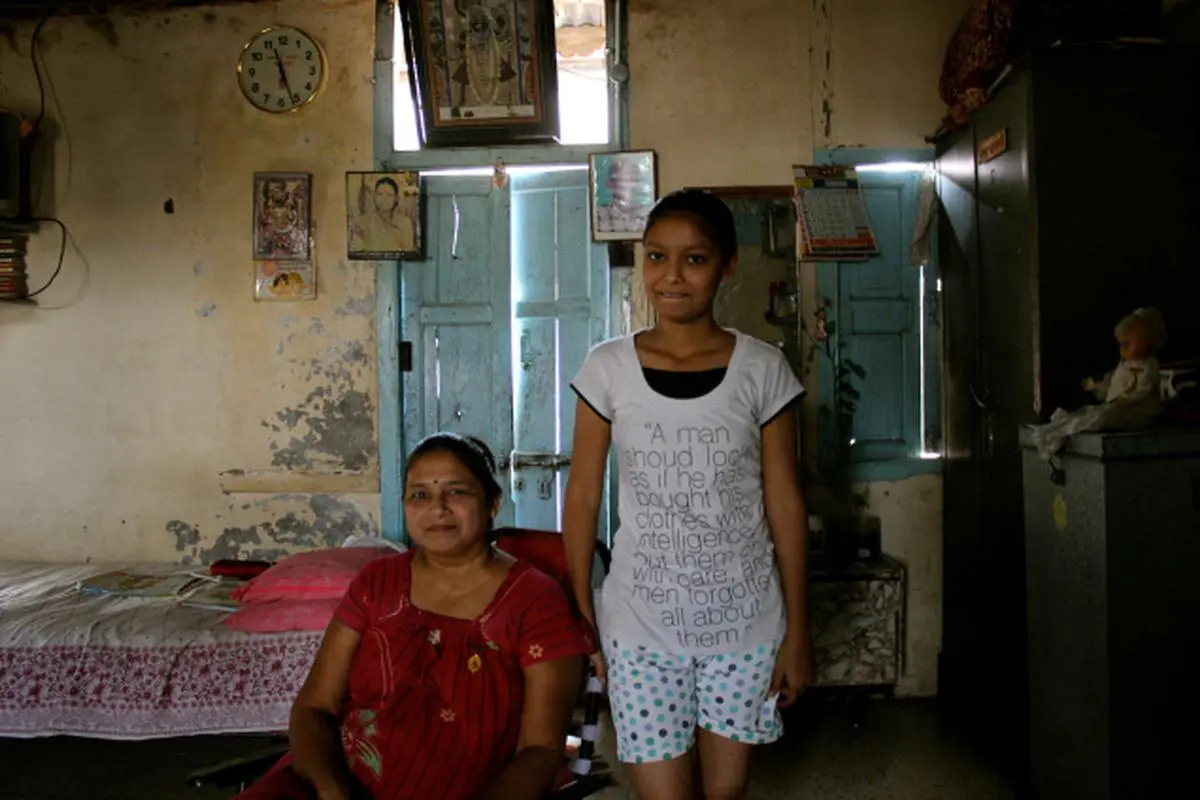
Chandrika Ben Padh with her daughter Padh Nirali Jayesh Bhai at their home in Toda Ni Pol, Kalupur. Chandrika Ben, who moved here when she married 25 years ago, says she wouldn’t want to live anywhere else. Their house is, at least, 100 years old. Nirali, who was born and brought up here, is studying to become a company secretary
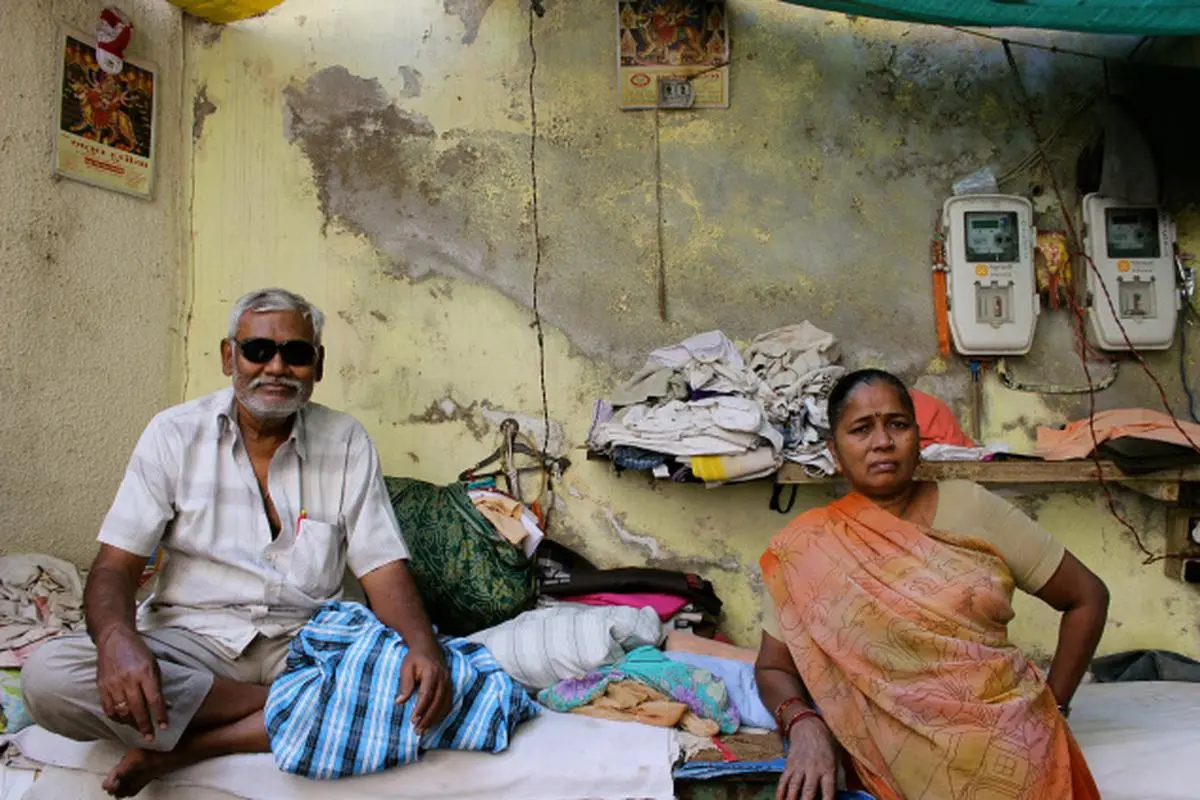
Nathu Bhai Premchand Bhai Dhobi (seen here with his wife, Laxmi Ben) was born in this house in Jahapanah Ni Pol, where his family has lived as tenants for three generations. He runs his ironing business here, and now wants to shift his family of six to a flat for more space and privacy
Published on June 13, 2014




Comments
Comments have to be in English, and in full sentences. They cannot be abusive or personal. Please abide by our community guidelines for posting your comments.
We have migrated to a new commenting platform. If you are already a registered user of TheHindu Businessline and logged in, you may continue to engage with our articles. If you do not have an account please register and login to post comments. Users can access their older comments by logging into their accounts on Vuukle.